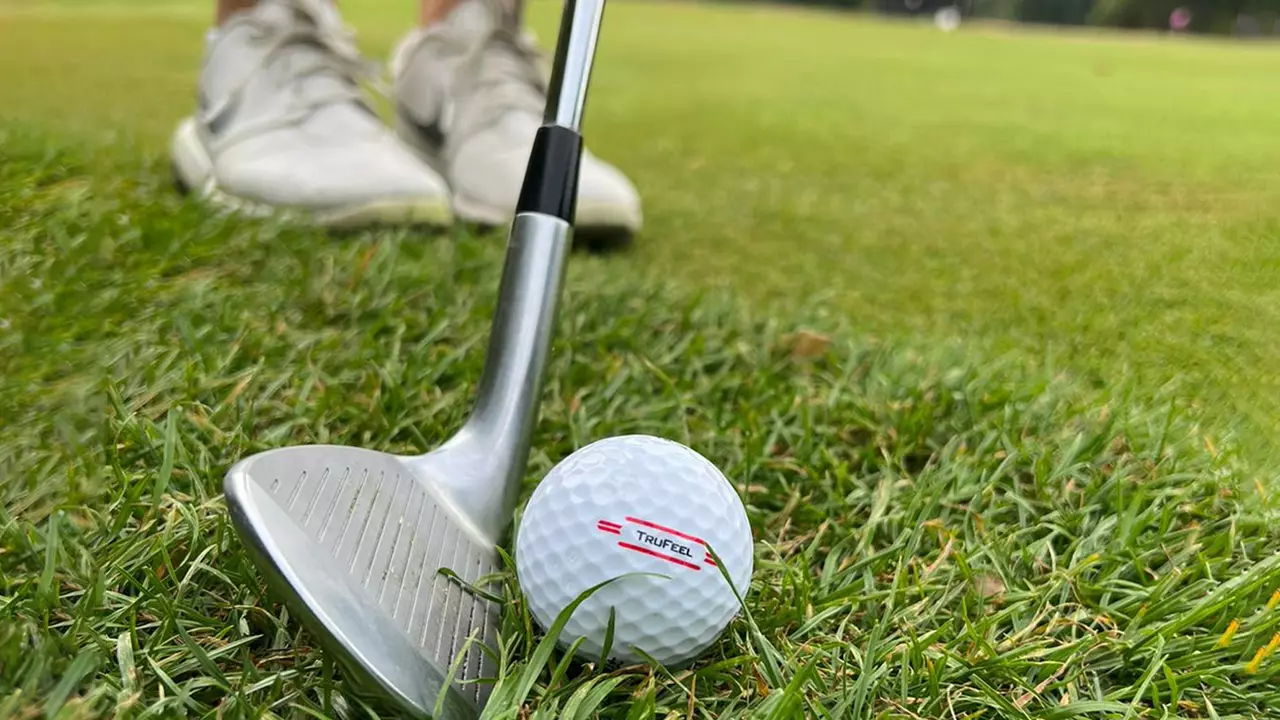If you’re looking to improve your game, the first step is to get the right gear. You don’t need the most expensive set to play well, but you do need equipment that fits your swing, your budget, and the conditions you’ll face on the course. Below you’ll find straightforward advice on picking clubs, balls, and accessories, plus simple maintenance tricks that keep everything performing at its best.
Think of your golf bag as a toolbox. Each piece has a purpose, and using the wrong tool makes the job harder. Let’s break down the basics so you can build a bag that works for you, not the other way around.
Start with the driver. A driver with a loft between 9° and 12° is a safe bet for most amateurs. Higher lofts launch the ball higher, which can add distance for slower swing speeds. If you’re a beginner, try a club with a larger clubhead – it gives a bigger sweet spot and more forgiveness on off‑center hits.
Irons are next. Many players find a cavity‑back design easier to hit straight because the weight is distributed around the perimeter of the clubhead. For a versatile set, look for a 5‑iron through pitching wedge that matches the same brand as your driver; consistency in feel helps your swing tempo stay steady.
Don’t forget the wedge. A sand wedge (56°) and a lob wedge (60°) cover most short‑game situations. If you spend a lot of time around bunkers, a sand wedge with extra bounce reduces digging into the sand.
Finally, the putter. Grip size matters more than head shape for most folks. A heavier putter can help keep the stroke smooth, while a lighter one lets you feel the ball better. Try a few at the practice green before you buy.
Cleaning clubs after each round prevents grime from building up on the clubface, which can affect spin and distance. A quick rinse with warm water and a soft brush does the trick. For the shaft, wipe it down with a damp cloth; avoid harsh chemicals that can weaken the finish.
Golf balls lose performance as the cover scuffs. Replace them when the feel changes or the dimples become noticeably worn. If you’re on a budget, keep a few older balls for practice and reserve the fresh ones for the tee.
Bag maintenance is easy: store it in a dry place, and empty the pockets after each round to avoid mold. A simple spray of leather conditioner on a leather bag keeps it supple and prolongs its life.
Footwear often gets overlooked, but shoes with good traction prevent slipping on wet fairways and improve balance during swings. Replace the spikes or outsole when they’re worn down – a fresh grip makes a big difference in stability.
All these steps add up to better performance without breaking the bank. The key is to treat your equipment like a partner: keep it clean, replace worn parts, and choose pieces that match your game. When you do, you’ll notice more consistency, longer shots, and a smoother short game.
Ready to upgrade? Start by assessing what feels off in your current setup, then focus on one category at a time – clubs, then balls, then accessories. Small, thoughtful changes will give you the biggest boost on the course.

Well folks, strap in and let's dive into the world of golf ball brands! If you're wondering what the pros are smacking around the green, look no further than Titleist. It's the top dog, the big cheese, the king of the golf ball jungle! These little white wonders are the favorite of the pros, with more PGA Tour players choosing Titleist than any other brand. So, if you're dreaming of joining the ranks of the pros or just want to feel like one, remember, Titleist is the way to go!